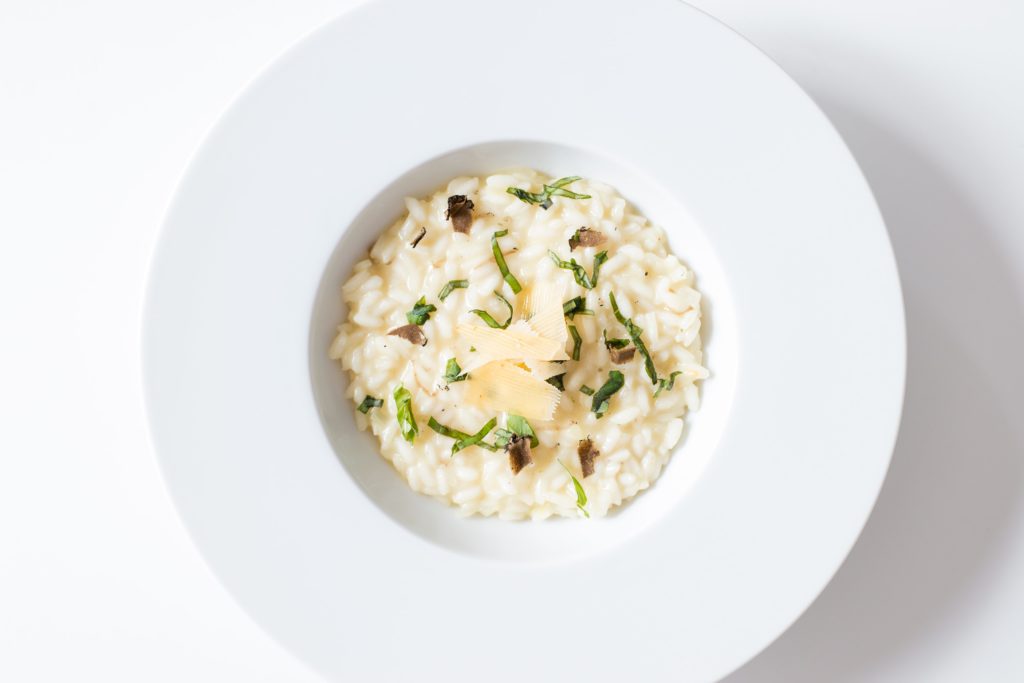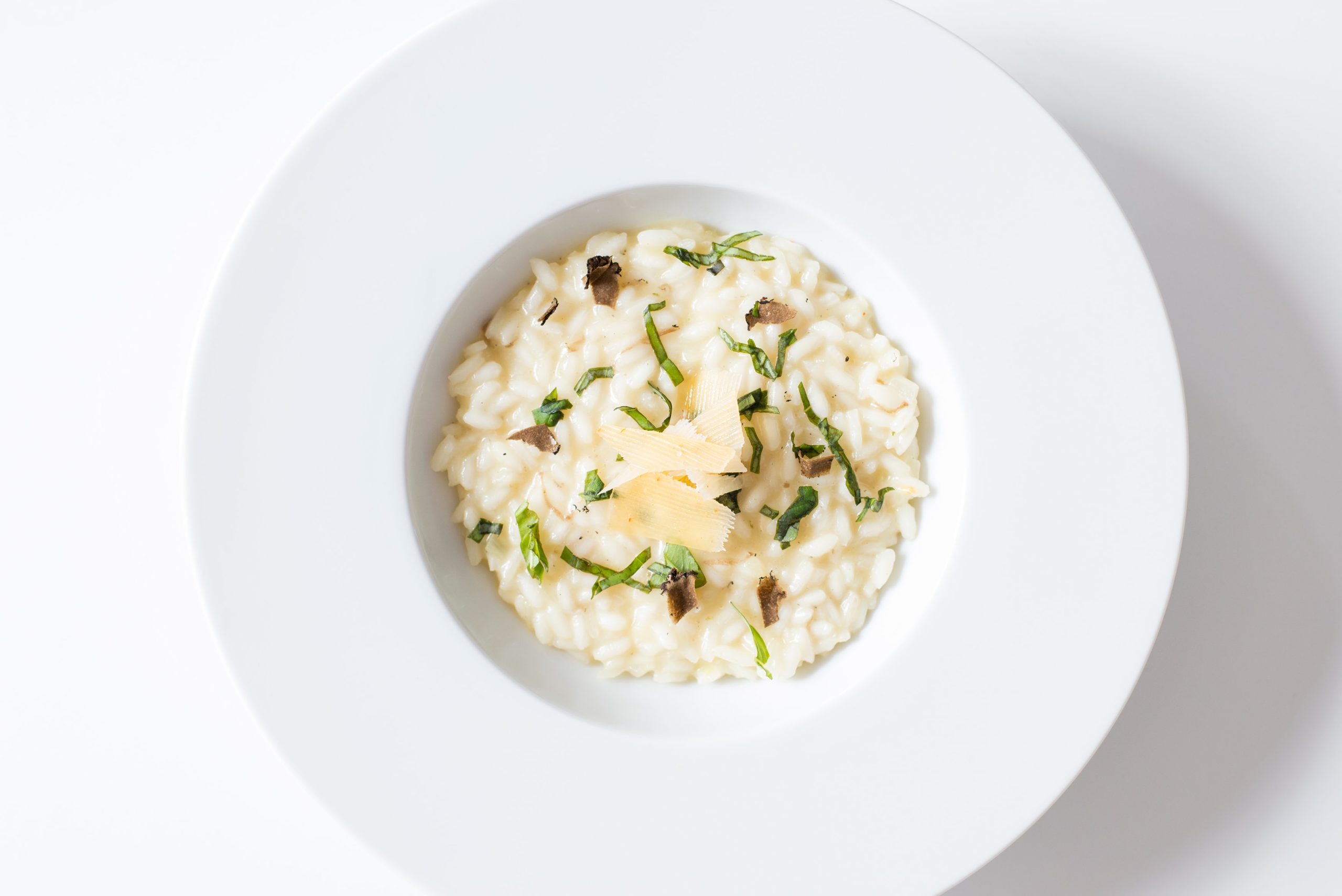
Have you heard of resistant starch? If not, be prepared to change your relationship with starchy foods because some are quite healthy.
Most popular diet trends today eliminate starchy carbohydrates citing that these foods will spike your blood sugar or prevent weight loss. However, this is not true for everyone. This hype has caused people to fear all starches such as potatoes, rice, bread, and some starchy vegetables like corn, peas, beets, and squash. Starch, which is found in many carbohydrate foods, is one of the most important nutritional sources of energy for humans. It can be classified into three categories: rapidly digestible, slowly digestible, and resistant starch. But, it is resistant starch that has gotten the most attention for the health-conscious person.
A Truly Beneficial Starch
Resistant starch provides health benefits such as improved insulin sensitivity (better blood glucose control), improved metabolism, and a better balance of friendly intestinal bacteria, which may help with inflammation. It may help with brain fog, digestive issues, fatigue, and an inability to lose weight. It may even reduce breast cancer risk.1 The beneficial effects of this starch also include better control of fasting cholesterol and triglycerides and absorption of minerals.2,3 So, what is resistant starch and where is it found?
What is Resistant Starch (RS)?
RS is considered the third type of dietary fiber along with insoluble and soluble fiber. There are different types that may coexist in the same food. Basically, resistant starch “resists” digestion, meaning it stays in your digestive tract and feeds your beneficial bacteria instead of quickly turning into blood sugar. Because of this, your good bacteria slowly break it down and turn it into a specific fatty acid that helps to protect your digestive tract, therefore making it easier for your body to repair any damage. This is a good thing.
Types of Starch in Foods
Type 1 is found in whole grains, nuts, seeds, and legumes and resists digestion because the starch is bound within the thick cell walls so it is physically unavailable.
Type 2 is found mainly in raw potatoes (which not many people eat) and unripe bananas (as the banana ripens, the resistant starch turns into regular starch and can be quickly absorbed).
Type 3, known as retrograde resistant starch, is formed when certain starches are cooked and cooled, such as potatoes, pasta, or rice. The cooling process turns some of the digestible starch into resistant starch by a process called “retrogradation.” For example, cold pasta salad, potato salad, and sushi rice.
Type 4 is man-made through a chemical process and found in some processed foods.
Good for Gut Health
There are many studies that show RS has significant, positive effects on our gut microbiotia.4 It may also play a supportive role in enhancing the efficacy of cancer treatments5 and has potential protective effects for those with ulcerative colitis who are at risk for colorectal cancer.6 So do we really want to eliminate all starchy carbohydrates from our diets?
Proponents of the low-carb, keto, and paleo communities often recommend supplementing with an isolated form of resistant starch, rather than eating it as it naturally occurs in whole foods. For example, potato starch added to a smoothie. However, several studies show that concentrated sources are not beneficial and can be detrimental, including creating a loss of certain bacteria that benefit our health.7,8
So once again nature wins and has created the perfect blend of nutrients in real food. Eat resistant starch from whole foods for beneficial health effects. Here are some ideas:
- Consider potato salad or cold pasta salad, both loaded with the beneficial type 3 resistant starch (see my Chili-Lime Sweet Potato Salad Recipe).
- Try some overnight oats (uncooked oats soaked in nut milk or yogurt).
- Add cooked lentils or chickpeas to a salad or soup.
- Cook some brown rice, cool, and toss with 1-2 tablespoons of olive oil vinaigrette and serve with baked salmon.
- Eat an under-ripe banana.
- Make a chili recipe using white beans (see my Fire-Roasted Chicken Chili Recipe)
Above all, be sure to include a moderate amount of resistant starch in your regular diet and avoid eliminating all starches completely. However, it is important to understand that some people with certain health conditions may have to limit starches, such as diabetics with poor glucose control. Everyone is biochemically different so you will need to see what works best for you. In the meantime, release the fear of starches!
Do you want to feel better fast?
Get my simple, 21-day guide.
REFERENCES:
- Tajaddini, A., et al. (2015). “Dietary resistant starch contained foods and breast cancer risk: a case-control study in northwest of Iran.” Asian Pac J Cancer Prev 16(10): 4185-4192.
- Raigond, P., et al. (2015). “Resistant starch in food: a review.” J Sci Food Agric 95(10): 1968-1978.
- Raigond P., Dutt S., Singh B. (2019) Resistant Starch in Food. Mérillon JM., Ramawat K. (eds) Bioactive Molecules in Food. Reference Series in Phytochemistry. Springer, Cham
- DeMartino, P. and D. W. Cockburn (2019). “Resistant starch: impact on the gut microbiome and health.” Curr Opin Biotechnol 61: 66-71.
- Panebianco, C., et al. (2019). “High Levels of Prebiotic Resistant Starch in Diet Modulate Gene Expression and Metabolomic Profile in Pancreatic Cancer Xenograft Mice.” Nutrients 11(4).
- Hu, Y., et al. (2016). “Manipulation of the gut microbiota using resistant starch is associated with protection against colitis-associated colorectal cancer in rats.” Carcinogenesis 37(4): 366-375.
- Frost, G. S., et al. (2014). “Impacts of plant-based foods in ancestral hominin diets on the metabolism and function of gut microbiota in vitro.” mBio 5(3): e00853-00814.
- http://humanfoodproject.com/sorry-low-carbers-your-microbiome-is-just-not-that-into-you/

Sue, I have been missing you and Sanoviv! Thank you for this important myth-buster! I consider myself a long time health nut, and now a nutrition expert due to years of research and your excellent training as a nutrition advisor! My diet includes red potatoes, sweet potatoes, brown rice, sour dough, pumpernickel and sprouted bread, quinoa, almonds, almost all vegetables and fruits. Now that I developed GERD I’m very grateful to have these starches in my diet since I can no longer digest meat of any type nor corn in any form. Thank you for sharing these important truths!
Thanks Reinette for your comment. Keep learning with me.
Fortunately I love cold baked potatoes and have enjoyed knowing about resistant starch for a few years. THANKS for sharing ❣